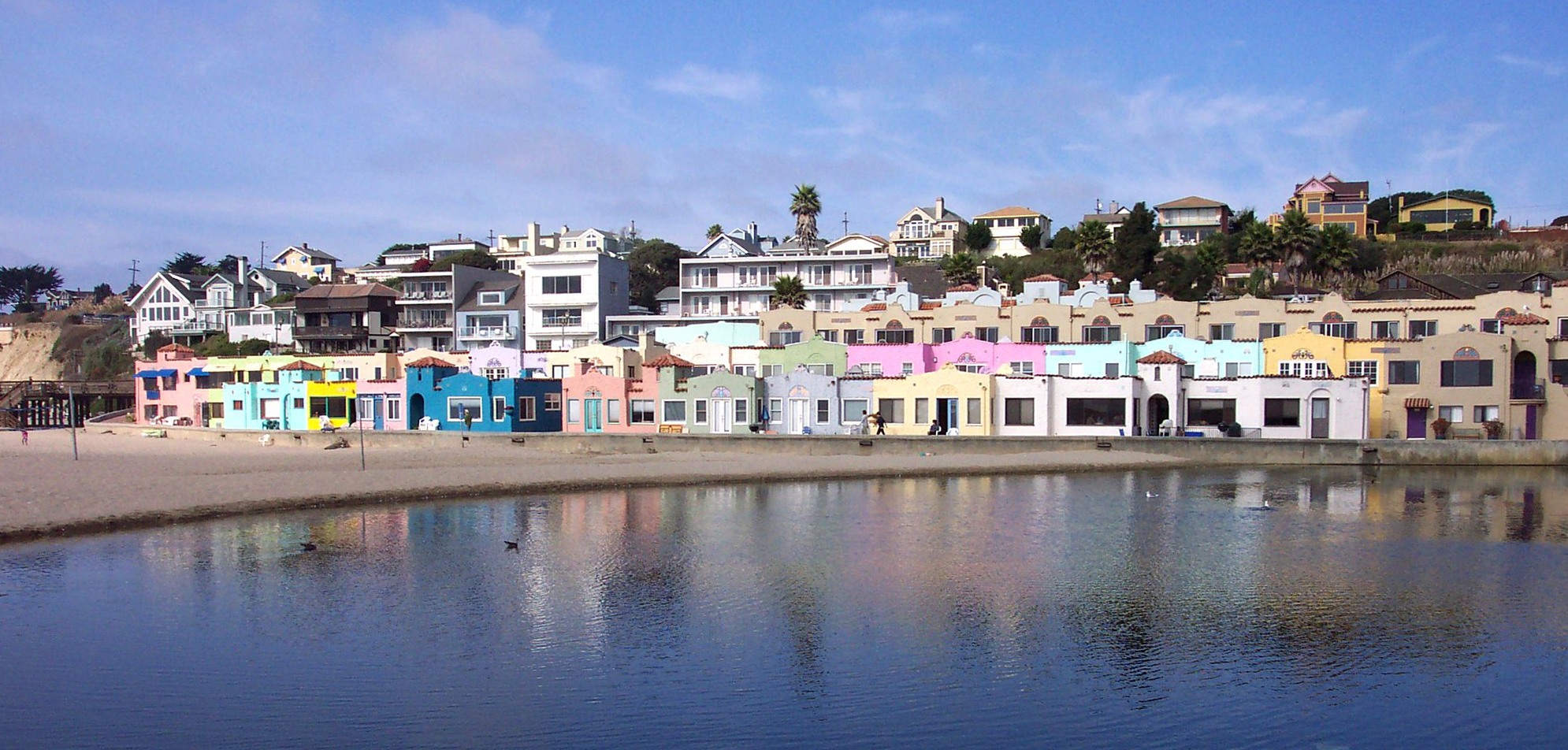Transcript Excerpt:
The Pacific Ocean off the California coast could rise more than six feet by the end of this century, according to some estimates.
“We have a lot of time before some of these big changes. I mean, you could say 2100, you know, I’m not even going to be alive in 2100,” Charles Lester, director of the Ocean and Coastal Policy Center in the Marine Science Institute at UC Santa Barbara, says…
“But the changes that we should be thinking about in order to be resilient then … needs to start now.”
That rising water is forcing the state and its coastal communities to completely rethink their viability, resilience, and even their resistance to change.
“What does it mean to actually protect the coast in the face of sea level rise? Is protecting the coast, truly holding the line, and maintaining the world as we know it,” Rosanna Xia, environmental reporter for the LA Times, says.
“Is maintaining the status quo what we actually want? Have we actually stopped to think about that?”
Today, On Point: Lessons from California on what must change for everyone in a world of rising water…
Guests:
Rosanna Xia, environmental reporter for the LA Times. Author of “California Against the Sea: Visions for our Vanishing Coastline.“
A.R. Siders, director of the Climate Change Hub and professor on climate change adaptation at the University of Delaware.
Also Featured:
Serge Dedina, former mayor of Imperial Beach, California and Co-Founder and Executive Director of Wildcoast.
Charles Lester, director of the Ocean and Coastal Policy Center in the Marine Science Institute at UC Santa Barbara.
Angela Mooney D’Arcy, founder and executive director of the Sacred Places Institute for Indigenous Peoples.









